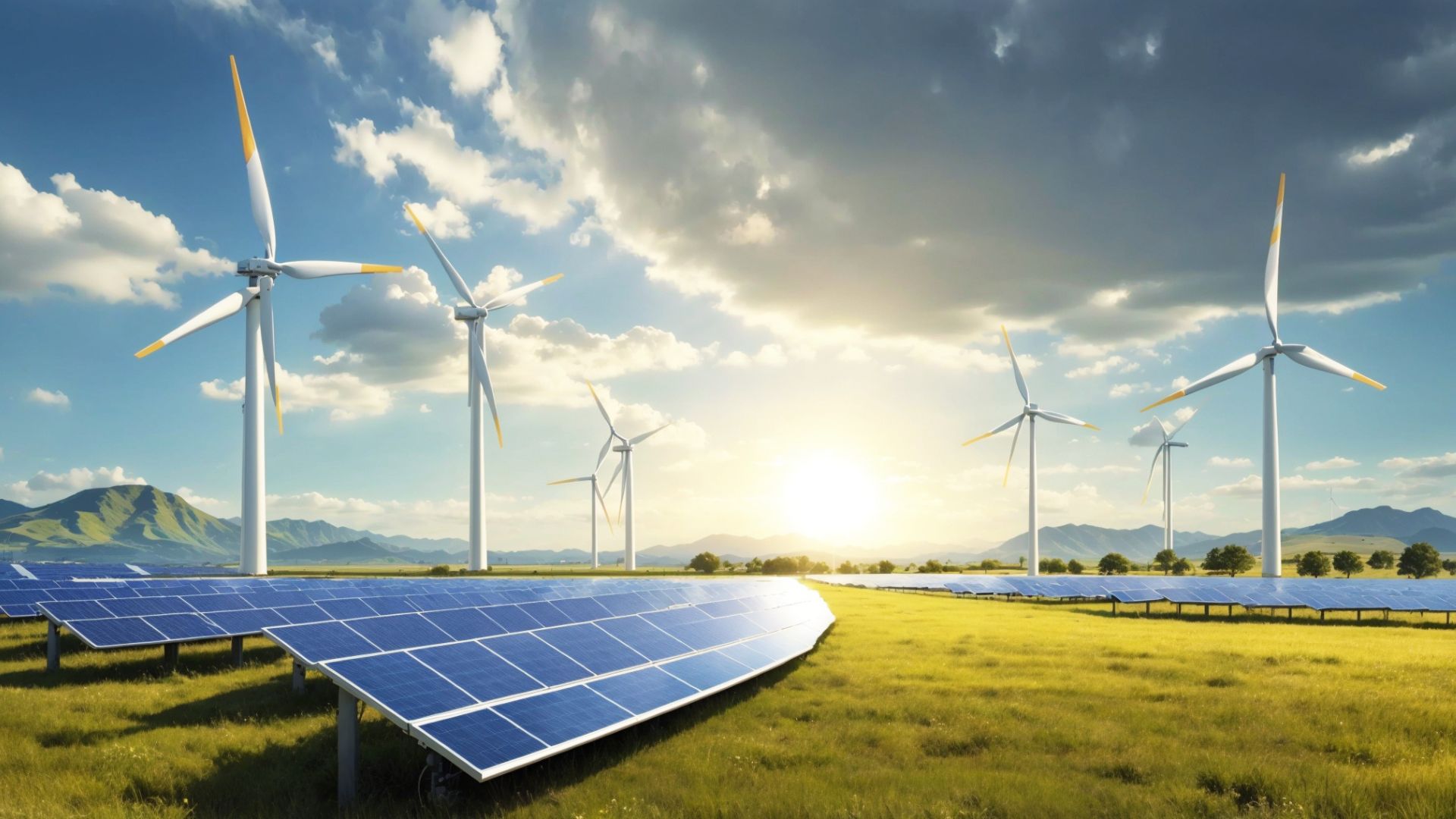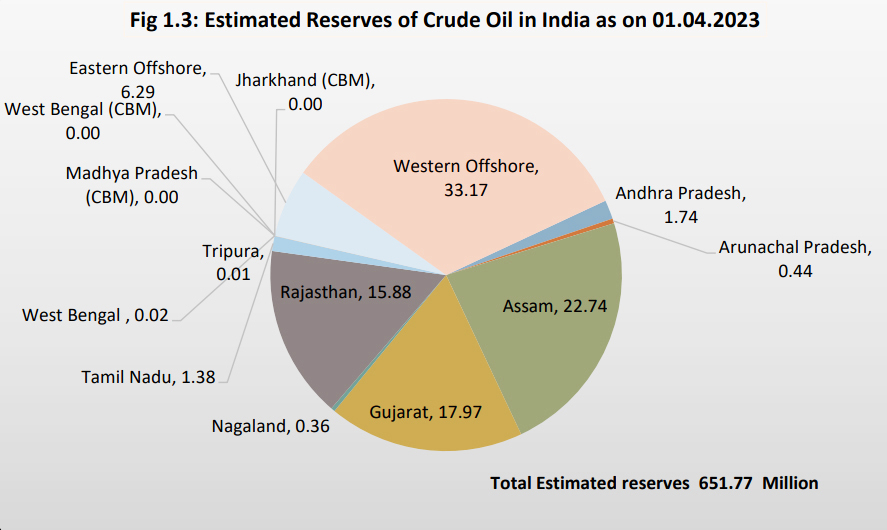
Energy reserves are part of the energy resources that, based on technical, economic and other relevant (e.g., environmental) considerations, can be recovered and for which extraction is justified. The exact definition of reserves depends on the kind of resources in focus.
Globally, the United Nations Framework Classification for Fossil Energy and Mineral Reserves and Resources (UNFC 2009) provides a scheme for classifying and evaluating these resources according to three dimensions, namely, their economic and social viability, the field project status and feasibility, and the geological knowledge about these resources. System of Environmental Economic Accounting (SEEA)-Energy groups the detailed categories of UNFC into three aggregated classes characterizing the commercial recoverability of the resources as follows:
Categorization of mineral and energy resources relevant for energy
Class A: Commercially recoverable resources
Class B: Potentially commercially recoverable resources
Class C: Non – commercial and other known deposits
Thus, primary energy production relies on the capture or extraction of fuels or energy from natural energy flows, the biosphere and natural reserves of fossil fuels within the national territory in a form suitable for use mostly when extraction and sale have been confirmed to be economically viable.


A good measure of the overall resource and the geographical and technical potential of what can be produced is also often represented by the potential in case of renewable power.
India has one of the largest proven coal reserves in the world. However, one of the objectives of India’s energy mix has been to promote the production of energy through the use of renewable energy sources in accordance with climate, environment and macroeconomic considerations in order to reduce dependence on fossil fuels, ensure security of supply and reduce emissions of CO2 and other greenhouse gases.

Highlights
• India has rich deposits of coal in the world. Total estimated reserves of coal as on 01-
04-2022 were 361.41 billion tonnes, an addition of 9.29 billion tonnes over the corresponding period of previous year. In terms of percentage, there has been a growth of 2.64% in the total estimated coal reserves during the year 2022-23 over 2021- 22
• The top three states with highest coal reserves in India are Odisha, Jharkhand, Chhattisgarh, which account for approximately 69% of the total coal reserves in the country.
• Out of the total reserves in the country, proven reserves i.e. those available for extraction in terms of i.e. economically viability, feasibility study and geologically exploration level, account for almost 52% of the total.
Total estimated of lignite as on 01-04-2022 were 46.20 billion tonnes, an addition of 0.19 billion tonnes over the corresponding period of previous year. In terms of percentage, there has been a growth of 0.40% in the total estimated lignite reserves during the year 2022-23 over 2021-22 (Table 1.1A). The highest reserves of lignite are found in the state of Tamil Nadu. Out of the total Lignite reserves in the country, proven reserves account for almost only 16% of the total.
The estimated reserves of crude oil in India as on 01-04-2022 stood at 653.02 million tonnes against 591.92 million tonnes in the previous year. An increase of over 10% over last year. Geographical distribution of Crude Oil indicates that the maximum reserves are in the Western Offshore (33%) followed by Assam (23%) (Table 1.2). The estimated reserves of Natural Gas as on 01-04-2022 was at 1149.46 Billion Cubic Meters. The maximum reserves of Natural Gas are in the Western Offshore (29.3%) followed by Eastern offshore (23.4%).
There is a high potential for generation of renewable energy from various sources like wind, solar, biomass, small hydro and cogeneration bagasse in India. The total potential for renewable power generation in the country as on 31.03.2023 is estimated at 2,109,654 MW This includes solar power potential of 7,48,990 MW (35.50%), wind power potential of 1,163,856 MW (55.17%) at 150m hub height, large hydro power of 133,410MW (6.32%), SHP (small-hydro power) potential of 21,134 MW (1%), Biomass power of 28,447 MW (1.35%) and 13,818 MW (0.66%) from bagasse-based cogeneration in sugar mills.
The geographic distribution of the estimated potential of renewable power as on 31.03.2023 shows that Rajasthan has the highest share of about 20.3% (428322 MW).
This is followed by Maharashtra with 11.79% (share 248665MW). Gujarat and Karnataka come next with a 10.45% and 9.75% share (220505 MW and 205648 MW respectively). These four (4) states are having more than 52% of the total potential of Renewable Power in India.